Time's Role in Science Fiction
Without the concept of time, the science fictional universe would cease to exist.
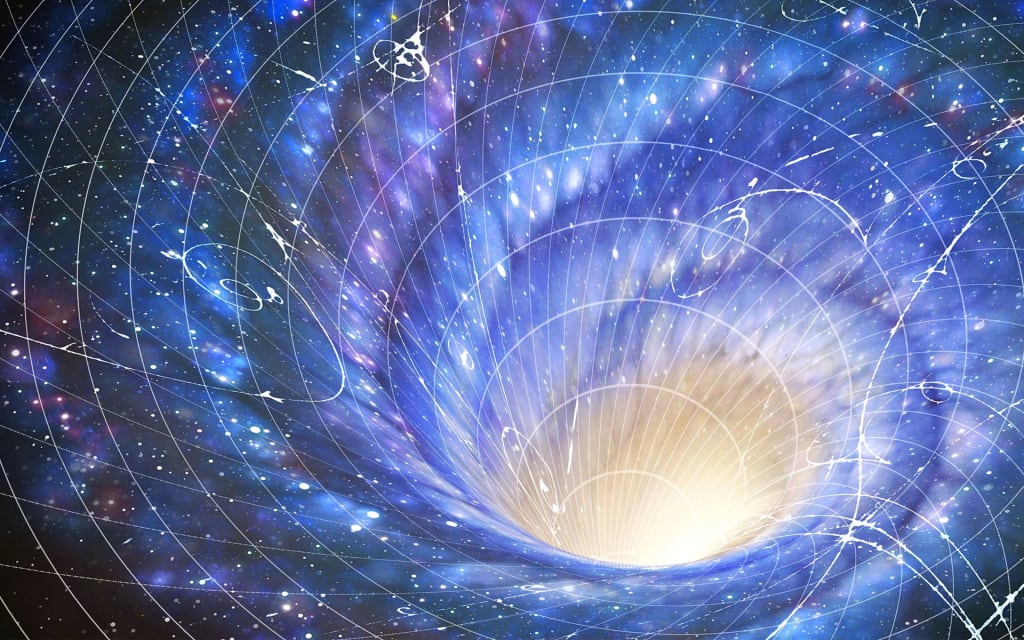
What is time? In our world, it represents a concept, unit, choice, and even a dimension. In the science fictional universe, it represents all of these concepts elevated into an all encompassing one. Time finds itself as a necessity in that nothing could exist without it––a statement that we cannot fathom because we have never experienced it. Writer Charles Yu claims in his novel, How To Live Safely in a Science Fictional Universe, that “time is an ocean of inertia.”
Time, personified as a vivid powerful element, is perceived first and foremost as transcending the singular line of the first dimension it is so often assigned in the untrained eyes of the public. Its inertia will propel it in all directions: following with the imagery, it will reach the shoreline, the never ending horizon, deep below the dark depths of the ocean floor, and as a vapor flying towards the heavens. Time is an all-consuming world in itself; yet most people view time as one constant direction, instead of many. In fact, many people live their lives in relation to the singular forward direction, while looking backwards toward the direction that was.
What allows the universe created by science fiction to become so intricately and uniquely created is that it challenges the very concept of time. At its very essence, a science fictional universe is an addition of time to our own concept of time; to the extent where the reader/viewer can consider the science fictional world as a parallel universe. With the imagination, creation, and technology involved in the creation of the science fiction genre, our very world is challenged. Time becomes the necessary factor in the creation of a world, and it allows science fictional universes to exist.
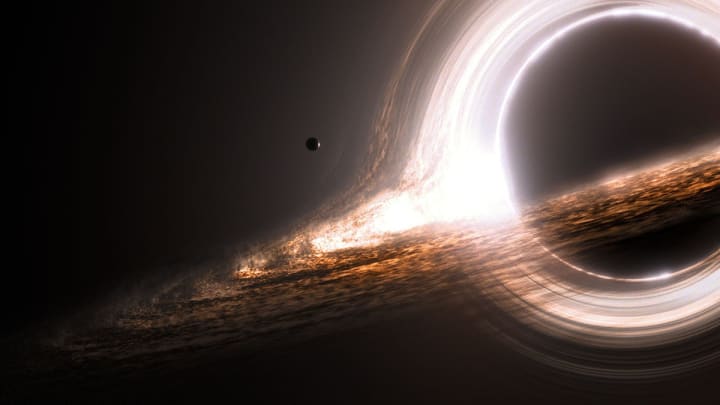
Photo via Reddit
Science Fiction, Spacetime, and Time's Intricate Web
The concept “science fiction” is as much a marriage of words as “spacetime” is. As you delve deeper within each concept, you realize that one cannot exist without the other. For our sake, let us simply define science fiction as “the literature of change”; for in each rendition of a science fictional world that is presented or created, something is “changed” from our own perception of the world, while continuing to ask the question, “what if?” What if apes ruled the planet? What if our universe is contained within a marble? What if interdimensional space travel is possible? By answering––and even asking––these questions, time branches off into a possibility of never-ending “what-ifs.” This is the basis of science fiction.
The changes that are produced from our “what ifs” may allude to our ability to control the world, or at least our understanding of it. Oftentimes, these worlds present the belief that one day we, too, can achieve the effect of the “what-if.” However, change in its very nature is to leave, transform, and move on to something else. Through the endless web of “what-ifs,” we can leave our society, never return to it, yet continue to have an ongoing conversation about it.
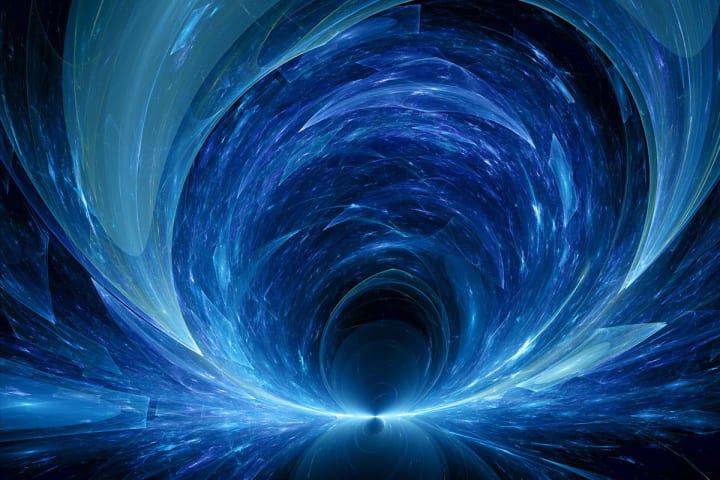
Photo via The Daily Beast
Time is a Main Factor in the Science Fiction World
On time, author Jorge Luis Borges writes, “The web of time––the strands of which approach one another, bifurcate, intersect, or ignore each other through the centuries––embraces ‘every’ possibility. We do not exist in most of them. In some you exist and not I, while in others I do, and you do not, and in yet others both of us exist.” Science fiction encompasses the timeless idea of “every possibility,” allowing for worlds, characters, and technologies to be created in a liberated fashion. Take George Lucas’ Star Wars for example: The series begins by stating “A long time ago, in a galaxy far far away.” This distances the events from our own world, yet unites them in a shared history of our own perception of the universe. Diving deeper into the meta-concept, in what relation of time exists the concept of “a long time ago”? Star Wars could in fact represent the intricate “web of time” Borges discusses, where we may have existed alongside of the Jedi Order, after them, or never at all.
Borges also muses that “time is forever dividing itself toward innumerable futures.” In this concept, we can visualize time as a tree, branching off and creating directions whichever way it turns, by always taking root from the pathway before it. This concept is brought to life in the film Mr. Nobody. Mr. Nobody is the oldest living mortal left on earth. As he looks back on his life, he can’t quite pinpoint the choices he made, and instead accepts every path as a possibility; having no firm past, present, or future. (Spoiler Alert) The film later reveals that the Mr.Nobody we know, doesn’t exist yet––at least in our perception of time. He exists in the mind of a young boy who, faced with the choice to live with either his mother or his father, thinking of every possible choice, scenario, and probable branch of time to decide.
All of these possibilities lead to the creation of the Mr.Nobody of the future, who can’t recall what brought him there. But this possible branch of a future ceases to grow any further, as the boy decides to, simply, not decide. The concept of branching time challenges our world’s concept of a fixed reality. If all choices are feasible and plausible, then they all must exist. Time becomes a concept that can morph beyond even its own 4th dimensional existence. This brings life to the science fictional universe, as time is allowed to grow and play in front of our very eyes.
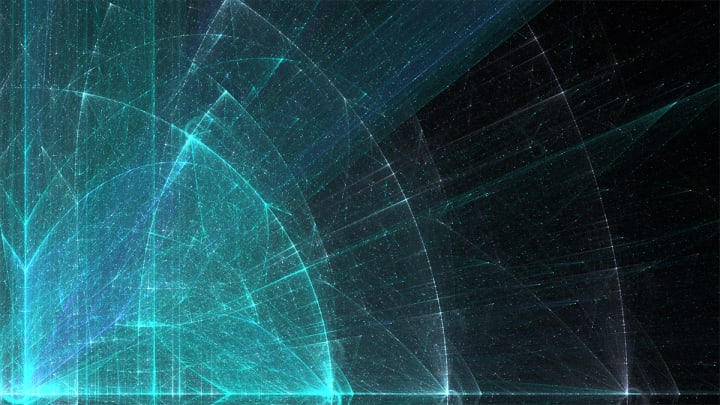
Image via Deviant Art user AliDraw
Beyond the Third Dimensional World
Arthur Miller stated that “everything we are is at every moment alive in us.” Time, if embraced, can and should be seen in this same light. Although Miller highlights upon our past experiences affecting and reinforcing the person we are today, through his idea we can see that all time––of what was, will be, could be, and never was––is alive in us. This concept finds its personification in the film Interstellar, which posits (in this science fictional universe) that it is possible to transcend our own three dimensional world, explore the fourth dimension, and exist in the fifth dimension. We live moment to moment in our third dimension, even if we have a fourth dimensional self (which can be categorized as a “time” or “duration”). The fifth dimension offers multiple paths that we can branch to in any second.
The Interstellar science fictional universe presents an interesting paradox incorporating the third, fourth, and fifth dimensions. Much like the “chicken and the egg” scenario, there will never be an initiatory act in in the beginning of our concept of time, for it is a continuum. By claiming that the chicken or the egg came first, much like Matthew McConaughey's Cooper either created the fifth dimensional keyboard or the fifth dimensional beings created it for him, we limit ourselves by thinking as third dimensional beings who experience time in only one direction. The whole continuum must exist at once, creating cause and effect to become linear. Interstellar serves as a lesson for all science fictional worlds, and our own, that time is more than it seems.
A confusing and logic-defying concept, this is where the fifth dimension of the Interstellar universe comes into play: It is something we cannot perceive, yet know to be there. Interstellar posits that future humans can interact with and manipulate spacetime by operating in the fifth dimension; answering another “what if” question. Time created this world.
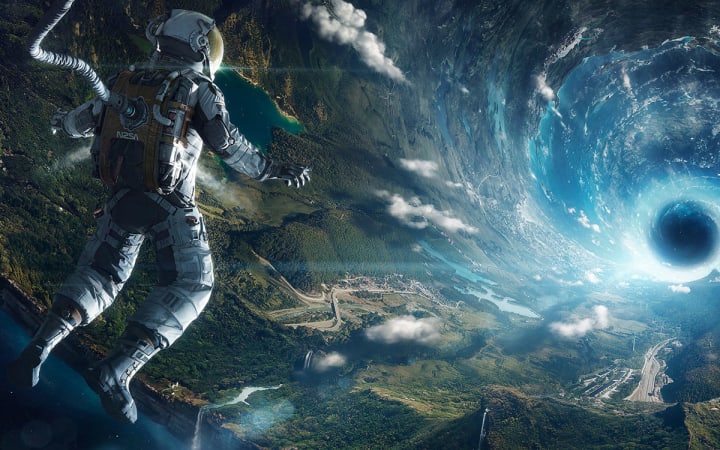
Photo via Vivid Screen
The Problem with Time Travel
You cannot hide from time, and you cannot change time. Everything that has ever happened has happened and will continue to happen. Charles Yu explains that “the good news is, you don’t have to worry, you can’t change the past. The bad news is, you don’t have to worry, no matter how hard you try, you can’t change the past.”
In terms of time travel, time serves as both a friend and a foe. Countless science fiction characters have attempted to cheat time’s unbreakable algorithm; like in The Time Machine, Outlander, and Lost. But time serves as a lesson, a governing force that cannot be circumvented or changed. Much like Charles Yu’s character, who becomes stuck in a time loop, and realizes that everything that has happened, or has been written, has already happened and been written. In Interstellar’s motherboard of a fifth dimension, McConaughy was able to control the events of his daughter because he had already done it before, and will continue to always do so.
By incorporating the elements of mis-used time travel into science fiction, our world is given a glimpse of it’s powerful force; something that we cannot yet fathom. Time, as tensed or tenseless, is crucial in the development of a science fictional universe; for it shows us what its potential can be used for. Time is the key puzzle piece in creating a fictional yet realistic universe.
Recommended Reading
Countless science fiction works have addressed the paradox of spacetime and our perception of time as a linear force. How to Live Safely in a Science Fictional Universe: A Novel by Charles Yu explores time in science fiction through the tale of of a character stuck in a time loop.
Charles Yu's father invented time travel, then promptly vanished. Yu searches for his father when he isn't saving the people of Minor Universe 31 from themselves, as they spend their days getting into time machines and trying to change the past. The key to finding his father may be found in a book titled How to Live Safely in a Science Fictional Universe, which contains not only information that can help him, but that may also save his life.
About the Creator
Natasha Sydor
brand strategy @ prime video






Comments
There are no comments for this story
Be the first to respond and start the conversation.